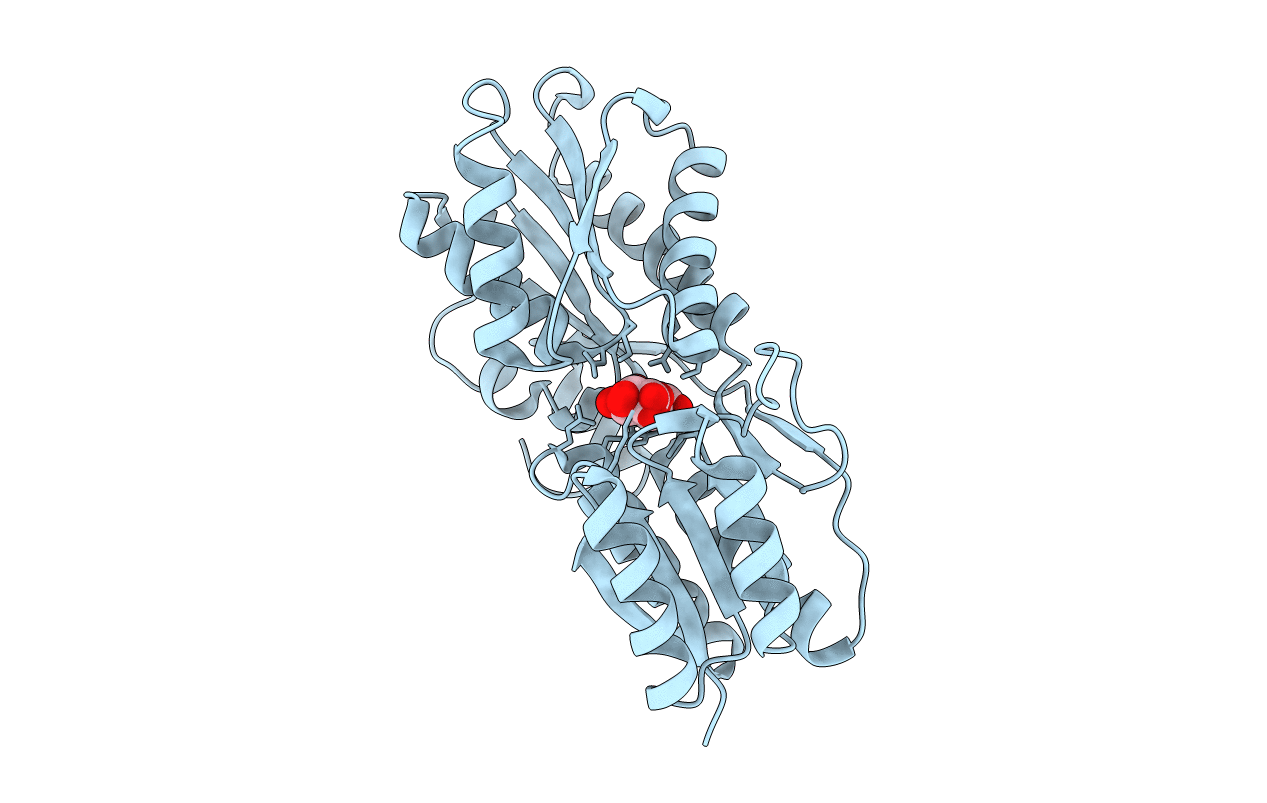
Deposition Date
1990-12-26
Release Date
1992-10-15
Last Version Date
2024-03-06
Entry Detail
PDB ID:
5ABP
Keywords:
Title:
SUBSTRATE SPECIFICITY AND AFFINITY OF A PROTEIN MODULATED BY BOUND WATER MOLECULES
Biological Source:
Source Organism:
Escherichia coli (Taxon ID: 562)
Method Details:
Experimental Method:
Resolution:
1.80 Å
R-Value Observed:
0.13
Space Group:
P 21 21 21


